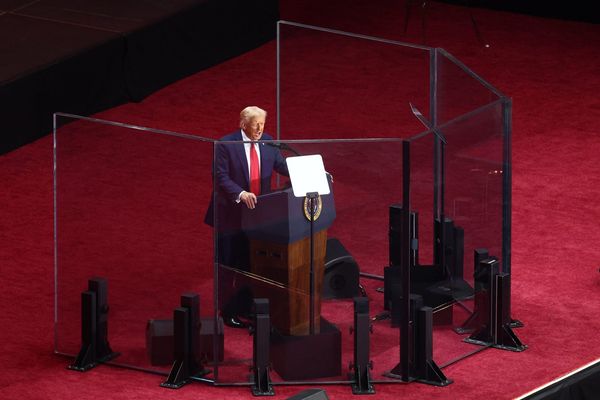
Samsung has recently been granted a patent that reveals a critical change in the design of their upcoming Galaxy Z Fold 6. This change addresses one of the main concerns with foldable smartphones – their bulkiness, especially when closed.
The patent titled 'Electronic Device Including Flexible Display' highlights a thinner hinge assembly compared to its predecessor, the Galaxy Z Fold 5. This modification is a welcome development as it reduces the overall bulk of the device. Moreover, the patent also addresses the strain that foldable phones can experience through a detent-styled hinge.
By incorporating detents into the hinge mechanism, the Z Fold 6 will have several fixed positions throughout its arc of travel. This means that users will have preferred positions when using the device, such as the fully flat position when opened, a 90-degree corner to mirror Samsung's marketing materials, and potentially a 120-degree angle for comfortable multimedia viewing. These detents will also help distribute the strain between the two sides of the device, further enhancing its durability.



Notably, the illustrations in the patent showcase a departure from the design of current Z Fold devices. Instead of the tall and narrow form factor when closed, the cover screen appears wider and shorter, resembling Samsung's Galaxy S and Galaxy A handsets. This approach aligns with devices like the OnePlus Open and Honor Magic V2, aiming to make the Z Fold 6 more like a regular smartphone.
It is important to note that while these illustrations provide insights into Samsung's thinking and direction, they do not guarantee the exact features or processes in the final consumer hardware. Nevertheless, considering the significance of a hinge assembly in a folding phone, it is likely that many of the techniques depicted in the patent will be implemented in the Galaxy Z Fold 6.
This patent announcement comes alongside speculation about Samsung's other folding phone for 2024, the Z Flip 6. With these developments, Samsung continues to innovate and push the boundaries of smartphone design, aiming to make foldable smartphones more accessible and appealing to a wider audience.







